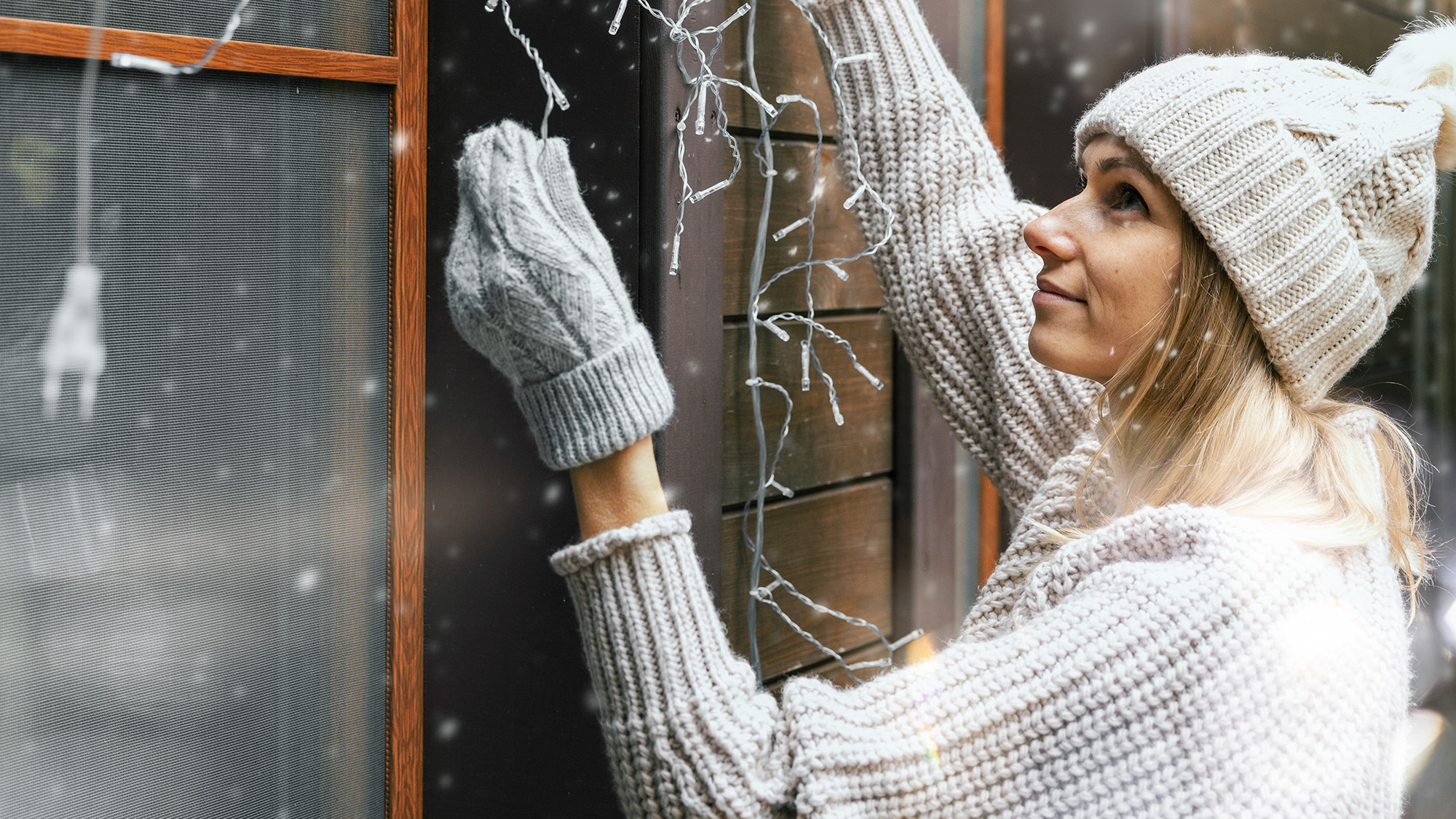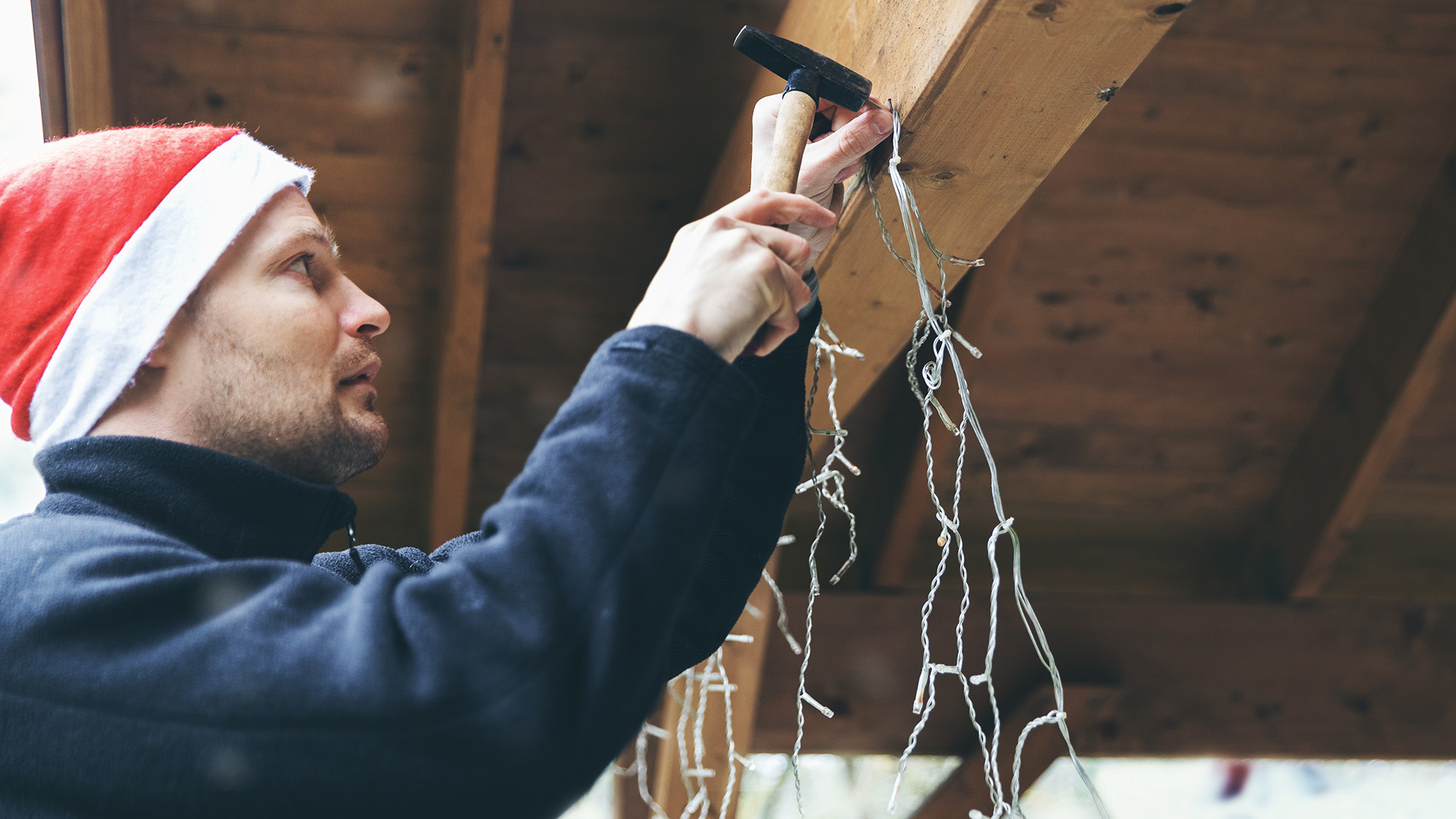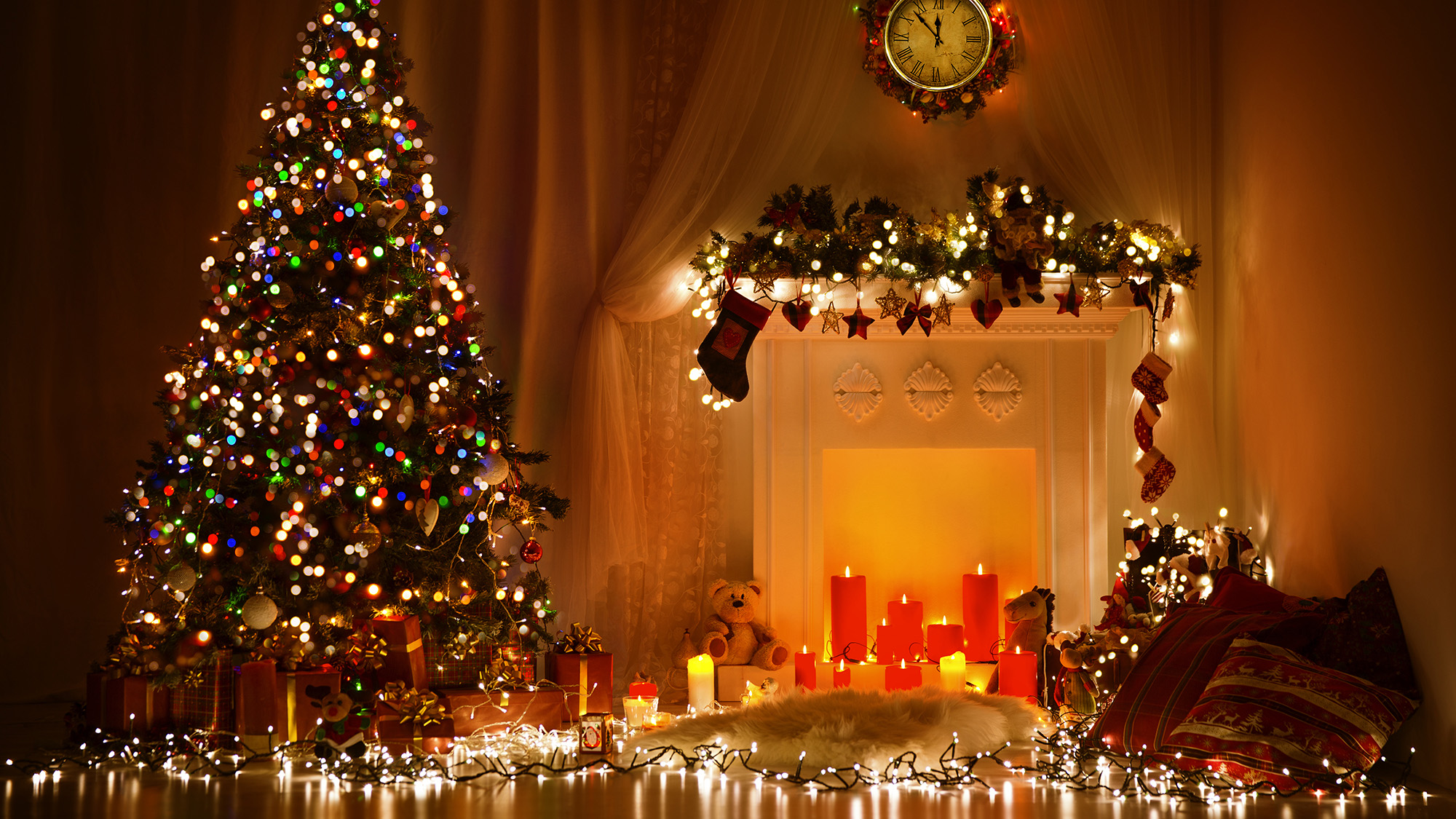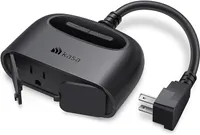7 holiday lighting mistakes that put your home at risk — and what to do instead

The holiday season is upon us and it’s the perfect time to brighten up our homes with decorative lighting. Not only does it bring joy to see a pretty array of sparkling lights, but they also liven up the shorter days that we experience during the fall and winter.
However, that joy could soon turn to disaster if you make one of the seven common mistakes with your holiday lighting. Instead of enjoying the festivities, you could be dealing with a house fire.
In fact, according to statistics from the United States Fire Administration, published by the Electrical Safety Foundation International, holiday decoration and Christmas tree fires result in twice the injuries and five times the fatalities per fire as the average winter holiday home fire.
Many of these fires start when indoor lights are used outdoors or when overloaded circuits overheat, making poor-quality wiring a hidden hazard.
So, to help you prepare for a safe holiday, I called on the expertise of a wiring expert to share his top seven common hazards with holiday lights and the safety advice he recommends.
“Safety isn’t about avoiding decorations," says Hommer Zhao, custom wire harness and cable assembly expert and CEO at Wiringo, "it’s about spotting problems early and fixing them before they cause real damage.”
1. Connecting old and new light strands together

You might be tempted to mix older lights with a newer set, but this is not a safe choice, as Zhao explains that it can overload circuits or overheat plugs, especially when you exceed the manufacturer’s connection limit.
Get instant access to breaking news, the hottest reviews, great deals and helpful tips.
What to do instead
To ensure you stay safe, Zhao recommends you never connect light sets together and that you always use the right equipment. For outside lights, this means using only outdoor-rated plugs, extension cords and one of the best outdoor smart plugs for exterior displays.
At Tom’s Guide, we recommend the TP-Link Tapo Smart Outdoor Plug P400M, $23 at Amazon, as the best overall in our buying guide. What’s more, you can set the lights to turn on at sunset or sunrise, so they automatically adjust the time each day.
The best outdoor smart plug, this TP-Link model is Matter-enabled, meaning it will work with most major smart home systems, including Alexa, Google, and Apple. It has two sockets which can be controlled independently.
2. Running lights through closed windows or doors
The danger of placing lights through closed windows and doors can result in pinched cords. Zhao says, “This can crack insulation and expose live wires, creating a hidden short-circuit risk that can easily spark fires.”
What to do instead
Avoid placing wires through doors or windows where they can get pinched or overheated. Instead, connect the lights via a protected outdoor socket.
3. Using metal hooks or staples to hang light cords

It can be tricky to know how to best hang decorative lights both inside and outside your home. However, Zhao warns against using nails or staples to secure the cords. “Stapling or nailing cords can pierce the wire insulation, creating invisible points of contact that may arc or spark later,” he says.
What to do instead
Rather than using nails and pins, you could use the Command Indoor Mini Light Clips, $14 at Walmart. They are ideal for hanging decorations, lights and cable, without damaging your walls.
4. Trusting UL or ETL labels on cheap imports
“Counterfeit safety marks are common on low-cost holiday lights, and uncertified wiring or insulation can melt or short out after hours of use,” says Zhao.
In this situation, he warns against trusting labels that are not what they seem.
“High-quality lighting products are built under strict manufacturing standards that regulate wire thickness, insulation, and heat resistance,” explains Zhao, “These standards ensure cables can handle continuous use without overheating or short-circuiting.
"Unfortunately, many cheap or untested imports skip these quality checks or use counterfeit safety labels, and that’s when a simple decoration can become a serious fire hazard.”
What to do instead
Buy a brand you trust rather than a cheap import, and ensure the lights have recognized UL or ETL labels, which indicate they have been properly tested.
5. Hiding cords under rugs or furniture

Another common trick is to hide cords under carpets and rugs or behind furniture. But Zhao advises against it, saying, “They can overheat faster and can fray unnoticed, turning a small wire fault into a serious fire hazard.”
What to do instead
Avoid placing wires and cords under fabrics, and use small clips, like the ones mentioned above, to secure them against interior walls. This will also prevent them from becoming a trip hazard.
6. Indoor humidity
The extra humidity in our homes during fall and winter can lead to increased moisture and dampness. Unfortunately, when lighting cables are placed near windows and skirting boards, they are more susceptible to corrosion caused by damp conditions. Zhao explains that this problem can increase the risk of a short circuit.
What to do instead
If your home is prone to dampness during the holiday season or at any other time of year, you can balance the humidity by investing in one of the best dehumidifiers. A good dehumidifier will remove humidity and condensation, eliminating mold.
7. Tangled cables

“Overlapping or tightly coiled wires trap heat and wear out faster, especially when hidden behind furniture or curtains,” says Zhao.
How you store your lights can also be an issue, “Folding or bending cables after the holidays weakens insulation, leaving cracks that may not be visible next year,” he adds.
What to do instead
There’s a simple remedy. Ensure your cables are stretched out when in use to avoid tangles, and instead of discarding them into storage at the end of the season, carefully wrap the wires around a coil.

Follow Tom's Guide on Google News and add us as a preferred source to get our up-to-date news, analysis, and reviews in your feeds.
More from Tom's Guide
- The best smart lights
- 7 common outdoor lighting mistakes — and how to fix them
- 7 mistakes to avoid when using your range this Thanksgiving

Camilla is the Homes Staff Writer and covers everything to do with homes and gardens. She has a wealth of editorial experience, mounting over 30 years, and covers news and features, tests products for reviews and compiles buying guides.
Her work has appeared in business and consumer titles, including Ideal Home, Real Homes, House Beautiful, Homebuilding & Renovation, and Kitchen & Bathroom Business. She’s even appeared on the cover of Your Home, writing about her own house renovation.
Although she’s obsessed with decorating her home, she also enjoys baking and trying out the latest kitchen appliances. But when she’s not inside, you’ll find her pottering about in her yard, tending to her vegetable patch or taking in her prized hydrangeas.
You must confirm your public display name before commenting
Please logout and then login again, you will then be prompted to enter your display name.

